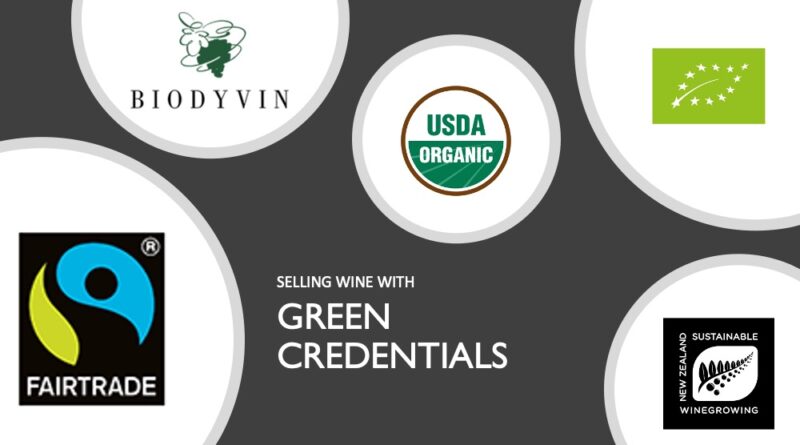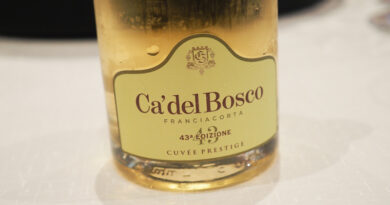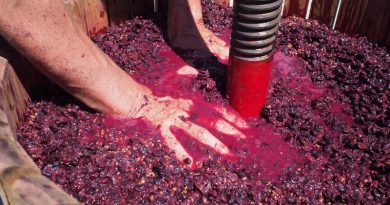Do green credentials sell wine?
Everyone wants to farm better. But sometimes farming better costs more. So does the added investment pay off? Do green credentials help to sell wine?
Let’s begin by listing green credentials. First of all we have organics, which is widely understood by many consumers. Then biodynamics, which is well known in the high-end wine sector, but perhaps less elsewhere. Then sustainability, which sounds good and is very important, but which is a challenging area because of sustainability schemes that aren’t very sustainable. We move from here to carbon neutral, which like sustainability is important if true but often involves hard-to-verify buying of credits. Then two categories which have some virtue but which aren’t necessarily green: fairtrade and natural. Finally, regenerative, a newcomer that most people aren’t yet aware of.
If we are thinking about green credentials selling wine, then let’s think a bit about the determinants of wine price. This is a highly distributed product space, and it’s a complex one to discuss with regard to pricing. Some bottles fetch insanely high prices, while others sell for less than production cost. It’s complicated. These are some of the elements involved in determining how much a wine sells for:
- Objective factors (grape variety, region, vintage, production methods)
- Subjective factors (the way the wine tastes)
- Collective brands (e.g. Chablis, Bordeaux, Champagne)
- Producer reputation
- Reputation of retailer/restaurant who sells the wine: if it’s on the list at a restaurant you respect, this confers a value on the wine
- Sommelier endorsement
- Critic rating or journalist recommendation
- Demand versus supply, especially at the high end
So do green credentials ever increase the value of a wine to consumers?
Farming better usually costs more money (although agrochemicals are expensive, so if you use fewer you might save), and so it is helpful that this extra effort is rewarded. Of course, there’s a moral issue, too: how can we not make the effort to be truly sustainable? Because if we don’t, we are borrowing from the next generation
One key question is how farming methods can be communicated at the point of purchase. Is the product displayed in a separate ‘green’ category in the retail space, or on a wine list? Does it get distributed through different channels because of its green credentials? Or are the credentials displayed on the label in some way, either prominently on the front, or on the back.
This leads on to another questions: do consumers understand the issues and the credentials that we are talking about here?
And a further question relates to how price sensitive the category is, and whether the extra costs can be passed on.
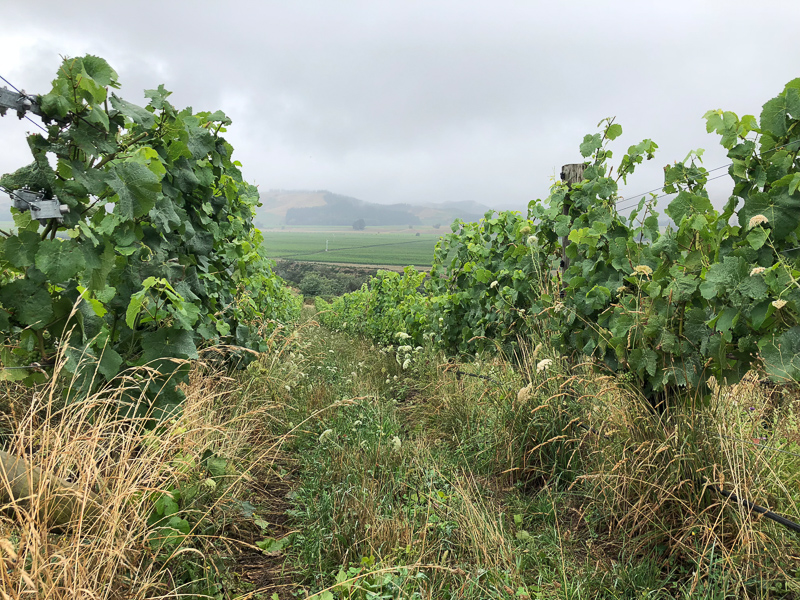
Let’s think about consumer behaviour when they shop. In the supermarket, what do people pay more for? Organic vegetables often sold in their own section, and come with a price premium: consumers understand the issues concerning organic production, it seems. They are also clued into issues surrounding animal welfare: free-range eggs and free-range chickens fetch a premium price – consumers feel this is a moral issue (but not all can afford morality, as shown by the Jamie Oliver program back in 2008 where he pointed out that supermarkets had extremely cheap battery-bred chickens, and suddenly sales soared, which wasn’t the intended effect).
What does the wine aisle tell us?
- There is usually no separate section for organic wine
- Biodynamic is not a concept UK consumers are familiar with – in Central Europe this may be different, but I suspect not
- Wine is price elastic, but sales drop significantly with price
- Some regions attract higher prices (for example, Champagne, Châteauneuf-du-Pape, Burgundy, Chablis, Barolo) but there is no price premium within these categories for organic
- Sustainable is not on the radar of consumers yet: it is more of an internal trade discussion
What do academic studies say? This has been an area where there has been quite a bit of research. Most often, respondents are questioned about WTP (Willingness To Pay), as in would you be willing to pay more for a wine that’s organic? But this methodology is limited, because people don’t always behave the way they say they do.
The sorts of results? I pulled some from studies. In one survey of 7000 consumers globally, 87% said they were concerned about the environmental aspects of their purchases. In another survey, only 25% of respondents had purchased green products. In another, 73% of respondents said they are willing to pay more for an environmentally sustainable wine.
One interesting paper that gets round some of these limitations is a study by Fanasch and Frick in Germany, looking at organic and biodynamic wine sales. The authors state: ‘…current research has not convincingly demonstrated customers’ willingness to pay for organic or biodynamic products, as studies relying on stated preferences have produced results that are difficult, if not impossible to reconcile with observable behavior.’ They tool a large sample of 55 500 wines produced by 1514 German wineries between 2010 and 2017, and looked at their prices (technically, this study ‘estimates a series of hedonic models across different price quantiles.’)
What did they find? ‘Results indicate a statistically significant price premium for organic and biodynamic wines, the magnitude of which is, however, far smaller than the effects usually identified in surveys and laboratory experiments.’
‘Self-declaration is a credible signal for organic practices [That is, certification is not needed] generating a price premium of 8.6 percent. Biodynamic practices require certification for a price premium of 4.1 percent.’
One thought: in some markets, does ‘organic’ count against wine? Might some people be suspicious of wine marketed on a basis other than wine quality? For some, does ‘organic’ suggest that the wine might not be as good? More rustic?
Green as a brand element
Aside from guiding consumers at point of purchase, green credentials could also be useful if they are incorporated into an already-established winery’s branding.
- Some wineries have been successful at building their brand with organic/biodynamic/regenerative as part of it, as well as being known for making good wine.
- They sell their wine on the basis of their brand strength, built primarily on wine quality. The green element is part of this, but is not the sole criterion the wine is marketed on.
- Examples: Tablas Creek is well known for its Regenerative Organic Certification, while in New Zealand wineries such as Millton, Burn Cottage and Te Whare Ra have biodynamic farming close to their brand identity. These are just a few of many examples.
Distribution sells wine
People can only buy the wine in front of them, and so making your wine more likely to be distributed is key to selling it. Green credentials may be better understood and more sought-after by those making these decisions, rather than expecting consumers to understand them. Some channels (routes to market) favour credentialled wine, such as specialist retailers or certain restaurants with a specific influence. There exist restaurant lists that are organic/biodynamic or natural in focus, for example. And high-end retail can also specialise: for a long while in the UK wholefoods stocked solely organic wines.
What about natural wine?
Natural implies organic, or at least sustainable farming. But it is a problematic term – not defined, and perhaps not needing to be. Producers in this category rarely use the term on the label. Instead, there’s a distinct route to market for natural wines that involves specialist retail outlets and restaurants.
Will regenerative become widely understood?
Regenerative viticulture is a new concept, and one question concerns whether it will ever generate consumer recognition that could see some customers paying more for regeneratively farmed products. There is currently one certification scheme: Regenerative Organic Certified. Will this enter consumer consciousness? Will ‘regeneratively farmed’ ever end up on labels? Does it have to be tied to organics?
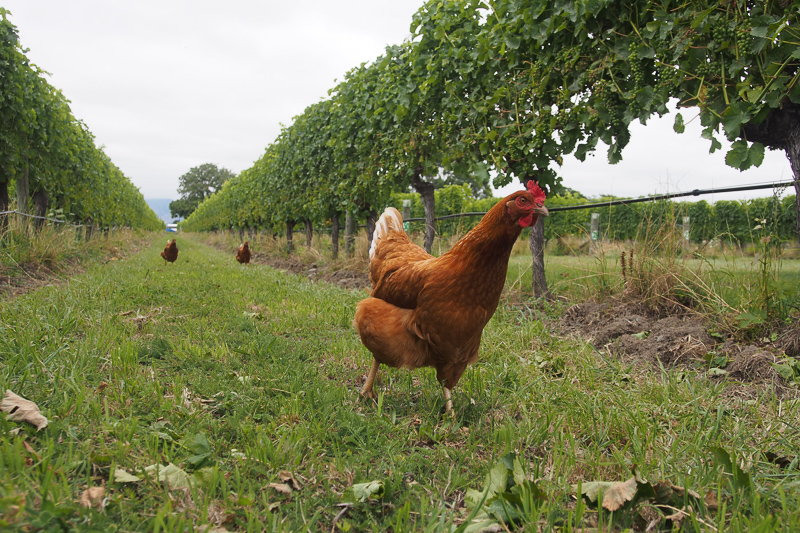
Ask the buyers
I asked some buyers in the UK whether green credentials (organic, biodynamic, sustainable) help sell wine, and whether a producer can sell a wine for more because it’s certified.
Pierre Mansour, director of wine at The Wine Society
“That’s an interesting question. There’s no doubt that we have members who do care about the environmental credentials of the wines they buy which is why we highlight organic and biodynamic wines in our marketing material and website. For this sector of the membership it will no doubt help sell the wine. However we believe that environmental benefits are broader than simply organic etc which is why we are developing our own scorecard that looks at the bigger sustainability picture (social, economical and environmental)- this is something we are planning to roll out next year. The question about customers’ likelihood to pay more is a tricky one to measure. But The Wine Society will only buy wines that we believe taste great and represent value for money across all price points. Plus our approach is starting to incorporate sustainability criteria (for example, we will be rolling out a Code of Conduct to all our suppliers in spring which covers ethics, social and environmental factors).”
Marks & Spencer:
“Data doesn’t support the claim that these credentials drive purchase behaviour, they are an additional selling point. You could say that of the credentials, Organic is the one most consumers understand as it translates across all produce and that we have seen strong sales on all our organic lines so that we are increasing this range as part of our Transformation project. We are also bringing the packaging in line with the rest of the food group so this will be better highlighted and recognisable on the wine labels. We’re reviewing our use of Fairtrade and other sustainable accreditations in categories like South Africa. Biodynamic is not a well understood term from customer research. Category specific credentials like all vegan own label is a strong message. To this end, we are currently reviewing our Formats range to introduce more sustainable packaging which we can easily communicate to the consumer. Sustainability is absolutely key to our range and will be going forward, the more sustainable our range the more customers view our range positively, it therefore provides a wider benefit than simply on those specific lines. We need to offer a broad range of sustainable products to ensure that customers cross the road to buy M&S products both for our quality and because we do the right thing by our customers and the planet.”
Separation from the land
One of the issues we are dealing with here is the separation of people from food production. For many decades rural areas where most food is grown have lost population to cities. We no longer have any meaningful conncection with food production, only food consumption, which leads us away from being mindful about the issues involved. For this reason, it’s hard to explain to customers the importance of farming well and ethically, and that this is going to make their food more expensive – albeit probably of a higher quality. Retailers are largely meeting the demands of their customers, and with the rise of the discounters, most multiple grocers realise that price is the main purchase driver. This has led us into the current mess we are in, and makes doing the right thing in food production much harder.
Conclusions
- Few green credentials have widespread consumer recognition.
- Organics is widely recognized and there is a small price premium.
- Green credentials can help get distribution, which sells wine.
- They can be built into the producer brand identity.
- Remember to segment the market! Rules that apply at one level don’t necessary apply at another.

